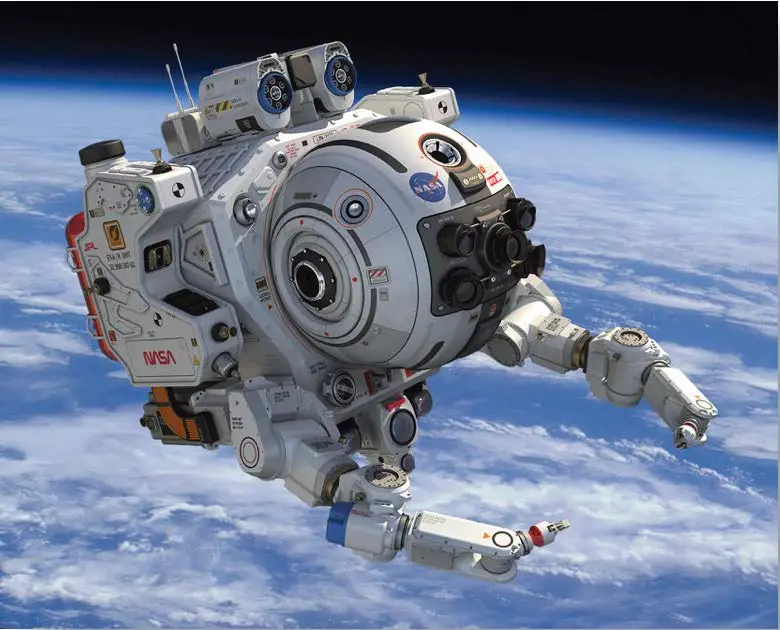Low Earth Orbit (LEO) is a critical region for satellites, yet it is increasingly cluttered with debris—from defunct satellites to rocket fragments. This debris threatens active missions and future space exploration. Enter **Astro Technologies**, a leader in innovative, cost-effective solutions for space debris removal. By leveraging cutting-edge methods like rigid coupling, laser systems, and electromagnetic launches, Astro Technologies is setting a new standard for orbital sustainability. Here’s how they’re doing it.
… Read More







